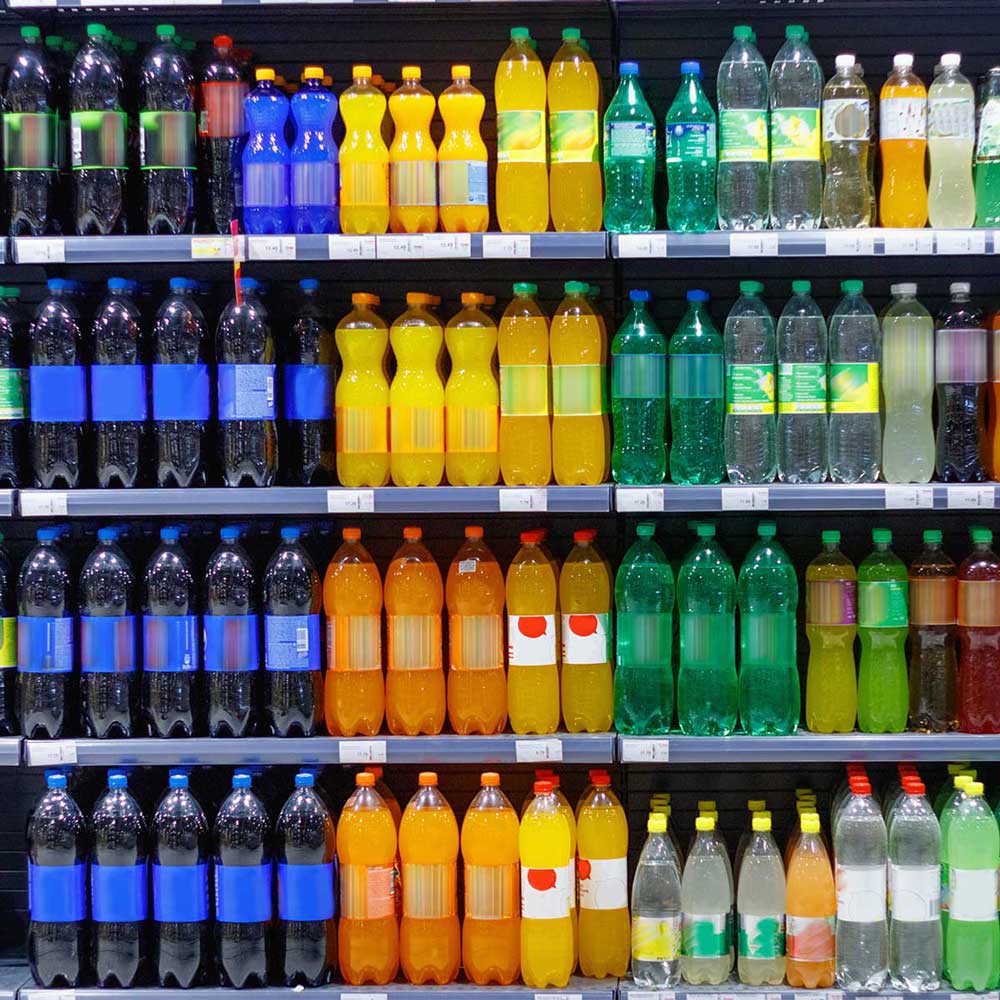In the realm of economics, the terms 'consumer goods' and 'producer goods' are frequently used to categorize the vast array of products that circulate within the market. Understanding these categories is not only crucial for economists but also for business owners, investors, and consumers who wish to navigate the economic landscape effectively. This article aims to delve into the various types of consumer and producer goods, shedding light on their characteristics, their roles in the economy, and their impact on market trends.
Consumer goods, also known as final goods, are products purchased by the end consumer for personal use. They are the end result of production and manufacturing processes and are categorized into four main types: convenience, shopping, specialty, and unsought goods.
- Convenience Goods: These are inexpensive items that consumers purchase regularly without much thought or planning, such as groceries or toiletries.
- Shopping Goods: These are higher-priced items that consumers buy less frequently and usually compare with similar products before purchase, such as appliances, clothing, or furniture.
- Specialty Goods: These are unique, high-value items that consumers make a special effort to seek out, such as luxury cars, designer clothes, or high-end electronics.
- Unsought Goods: These are products that consumers do not normally think of buying unless a specific need arises, such as insurance or funeral services.
On the other hand, producer goods, also known as capital goods, are products used in the production of other goods or services. They are not purchased for direct consumption but are used to create consumer goods. Producer goods can be classified into three main types: single-use, durable, and services.
- Single-use Producer Goods: These are used up in the production process and need to be replaced regularly, such as raw materials or office supplies.
- Durable Producer Goods: These are used over a long period and do not need to be replaced frequently, such as machinery, buildings, or vehicles.
- Services: These are intangible goods used in the production process, such as consulting, maintenance, or training services.
Understanding the types of consumer and producer goods is crucial in predicting market trends and making informed business decisions. For instance, a rise in the demand for a particular consumer good can indicate a shift in consumer preferences, while an increase in the purchase of producer goods can signal an upcoming expansion in production.
Moreover, the interplay between consumer and producer goods can provide insights into the overall health of the economy. A balanced growth in both sectors is often indicative of a stable economy, while a disproportionate growth can signal potential economic issues.
In conclusion, the types of consumer and producer goods form an intricate web that underpins the functioning of our economy. By understanding these categories and their dynamics, businesses, investors, and consumers can better navigate the economic landscape and make more informed decisions.


